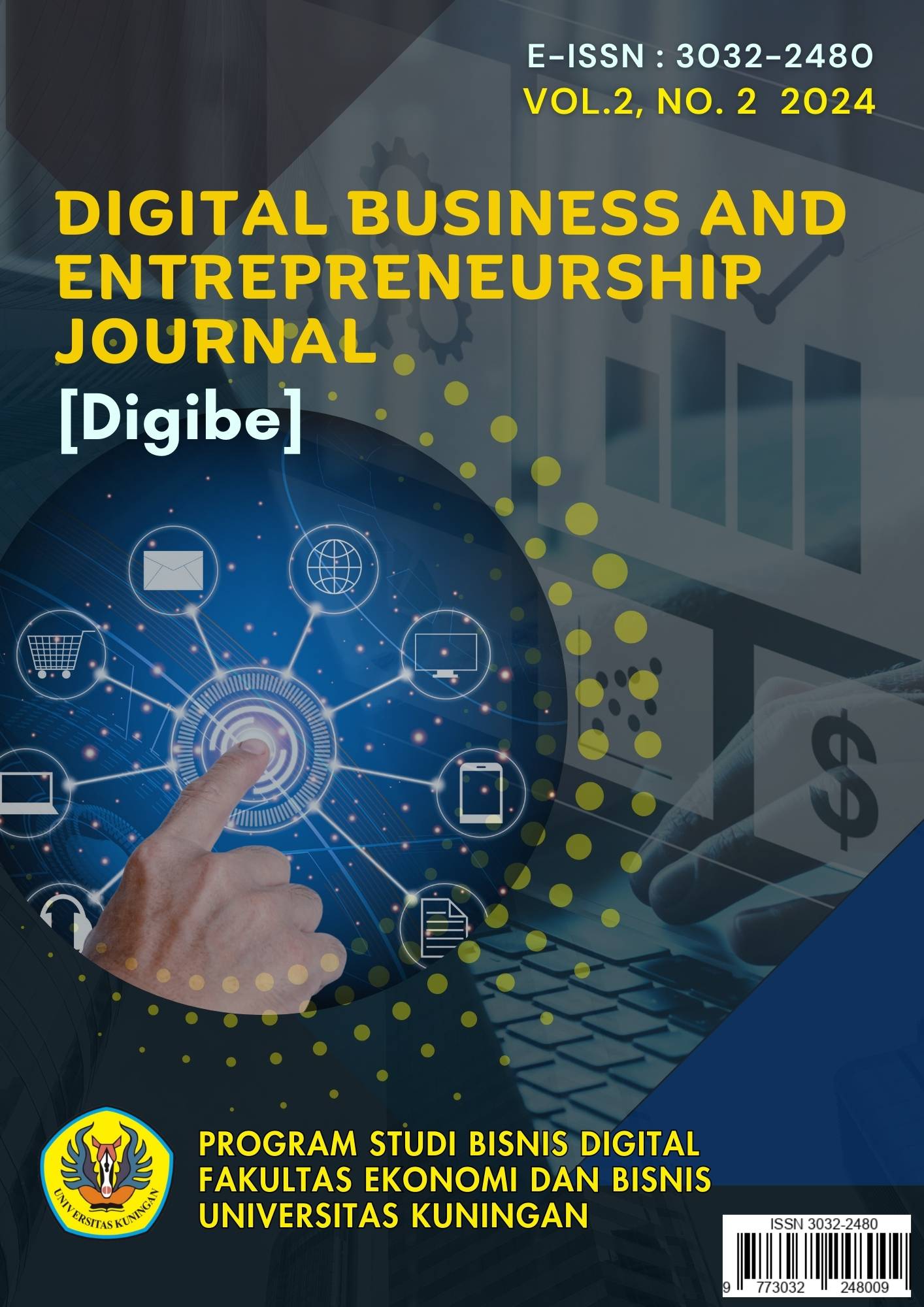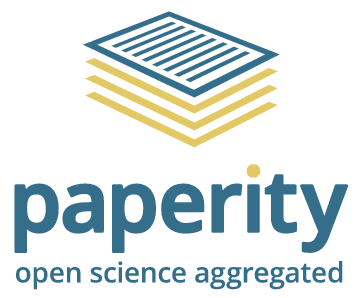IMPLEMENTASI ENKRIPSI DAN KEAMANAN KRIPTOGRAPI
DOI:
https://doi.org/10.25134/digibe.v2i2.46Keywords:
caesar cipher, crytools 2, enkripsi, dekripsi, keamanan dataAbstract
Abstrak
Penelitian ini membahas implementasi enkripsi password menggunakan metode Caesar Cipher dengan bantuan alat Crytools 2 di Institut Teknologi Bacharuddin Jusuf Habibie (ITH). Tujuan utama dari penelitian ini adalah untuk meningkatkan keamanan data pengguna di lingkungan kampus melalui teknik enkripsi sederhana. Pengujian keamanan dilakukan untuk mengevaluasi efektivitas dan ketahanan metode ini terhadap serangan. Hasil penelitian menunjukkan bahwa Caesar Cipher mampu memberikan perlindungan dasar yang memadai bagi data pengguna. Namun, beberapa kelemahan teridentifikasi, terutama terkait serangan brute force dan analisis frekuensi. Untuk mengatasi kelemahan tersebut, penelitian ini menyarankan penggunaan tambahan metode enkripsi yang lebih kuat, seperti Advanced Encryption Standard (AES) atau RSA, untuk meningkatkan perlindungan data. Selain itu, pelatihan dan sosialisasi kepada pengguna mengenai pentingnya keamanan password juga dianggap penting untuk meningkatkan kesadaran akan praktik keamanan siber. Dengan demikian, penelitian ini menekankan perlunya pendekatan keamanan berlapis untuk memastikan perlindungan data pengguna yang optimal di lingkungan kampus. Implementasi ini diharapkan dapat memberikan contoh yang dapat diikuti oleh institusi lain dalam meningkatkan keamanan data pengguna.
Kata kunci: caesar cipher; crytools 2; enkripsi; dekripsi; keamanan data
Abstract
This study discusses the implementation of password encryption using the Caesar Cipher method with the assistance of Crytools 2 at the Institut Teknologi Bacharuddin Jusuf Habibie (ITH). The main objective of this research is to enhance user data security within the campus environment through simple encryption techniques. Security testing was conducted to evaluate the effectiveness and resilience of this method against attacks. The research findings indicate that Caesar Cipher provides adequate basic protection for user data. However, several weaknesses were identified, particularly related to brute force attacks and frequency analysis. To address these weaknesses, this study recommends incorporating stronger encryption methods, such as Advanced Encryption Standard (AES) or RSA, to enhance data protection. Additionally, training and awareness programs for users about the importance of password security are considered crucial to improve cybersecurity practices. Therefore, this study emphasizes the need for a multi-layered security approach to ensure optimal protection of user data within the campus environment. This implementation is expected to serve as an example for other institutions in improving user data security.
Keyword: caesar cipher; crytools 2; encrypt; decrypt; data security
References
Fahmi, A. (2021). Penggunaan algoritma RSA dan AES untuk keamanan data pada sistem informasi akademik. Jurnal Ilmu Komputer dan Informatika (JIKI), 7(3), 215-225.
Fitriana, R. N., & Djuniadi, D. (2022). Analisis perbandingan algoritma AES dan RC4 pada enkripsi dan dekripsi data teks berbasis CrypTool 2. Systemic, 7(2), 1-7.
Huda, N., & Zulaikha, S. (2020). Studi perbandingan algoritma kriptografi DES dan 3DES pada enkripsi pesan teks. Journal of Computer Science (JCS), 10(4), 331-340.
Khamsinindo, M. A. (2020). Penggunaan multiple kriptografi dan steganografi berbasis Android untuk penyembunyian pesan teks pada citra digital.
Lestari, A., & Santoso, B. (2022). Analisis keamanan data menggunakan algoritma Vigenere Cipher pada aplikasi mobile. Jurnal Teknologi Informasi dan Ilmu Komputer (JTIIC), 8(2), 102-110.
Downloads
Published
How to Cite
Issue
Section
License
Copyright (c) 2024 Digital Business and Entrepreneurship Journal

This work is licensed under a Creative Commons Attribution-ShareAlike 4.0 International License.
Digital Business and Entrepreneurship Journal allow reuse and remixing of its content, in accordance with a CC BY-SA 4.0 which follow international Lisence. This license lets others to:
Share — copy and redistribute the material in any medium or format
Adapt — remix, transform, and build upon the material, for any purpose, even commercially.
The licensor cannot revoke these freedoms as long as you follow the license terms.
Under the following terms:
Attribution — You must give appropriate credit, provide a link to the license, and indicate if changes were made. You may do so in any reasonable manner, but not in any way that suggests the licensor endorses you or your use.
ShareAlike — If you remix, transform, or build upon the material, you must distribute your contributions under the same license as the original.
No additional restrictions — You may not apply legal terms or technological measures that legally restrict others from doing anything the license permits.
Notices:
You do not have to comply with the license for elements of the material in the public domain or where your use is permitted by an applicable exception or limitation.
No warranties are given. The license may not give you all of the permissions necessary for your intended use. For example, other rights such as publicity, privacy, or moral rights may limit how you use the material.














